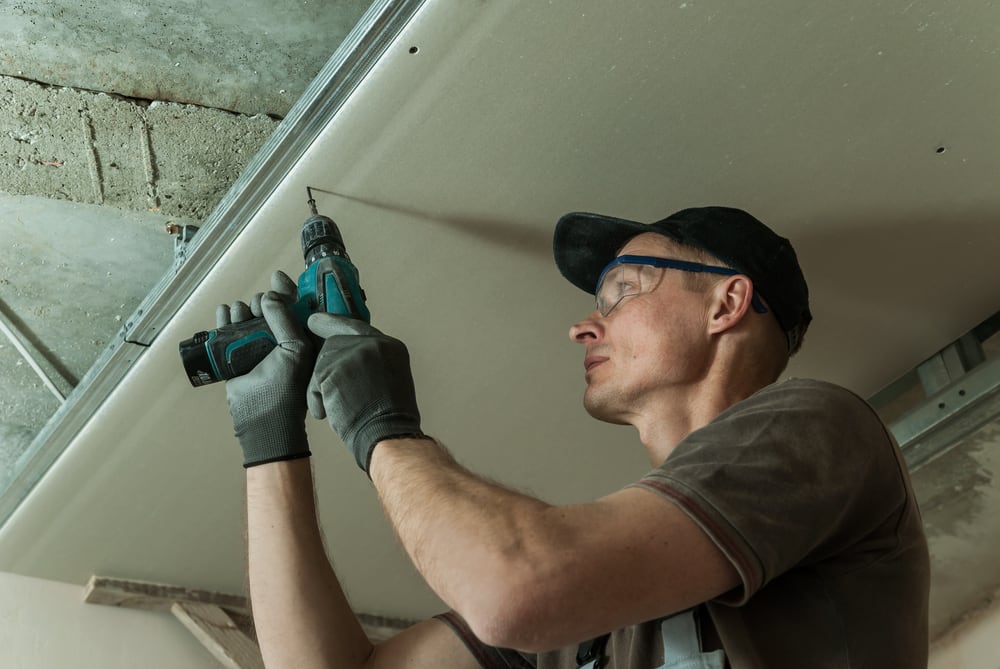Drywall suspended ceiling, which is the most used model in suspended ceiling systems, is produced from gypsum board, also known as gypsum cardboard. This product, which provides sound insulation due to its structure, is also resistant to fire. This product, which is frequently preferred in indoor ceiling applications, contributes to the easy installation and concealing of electrical and water installation.
Plasterboard suspended ceilings produced in world standards are suitable for earthquake resistant buildings thanks to their light structure. It is one of the most preferred suspended ceiling models in our country. It is resistant to conditions such as moisture and mold. It is easy to install and also ideal for lighting systems.

 Türkçe
Türkçe Deutsch
Deutsch Français
Français Italiano
Italiano Nederlands
Nederlands Русский
Русский Українська
Українська


